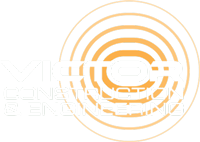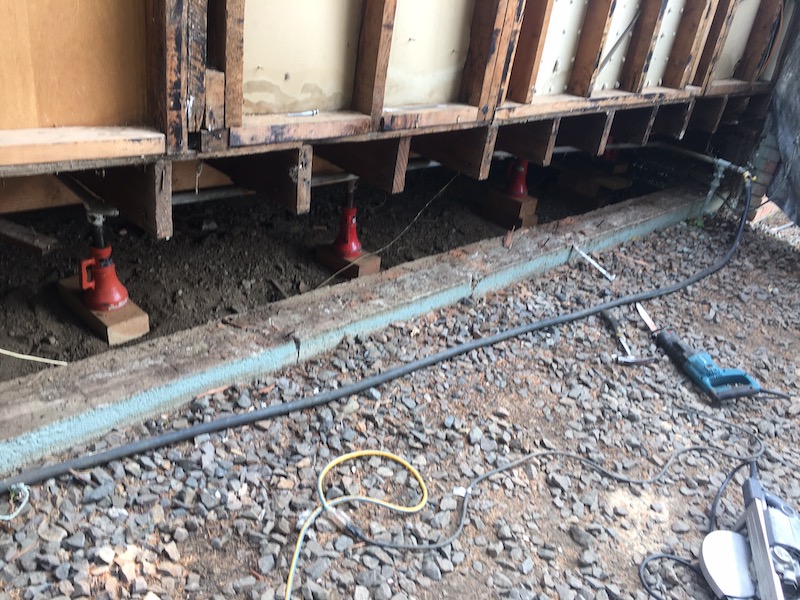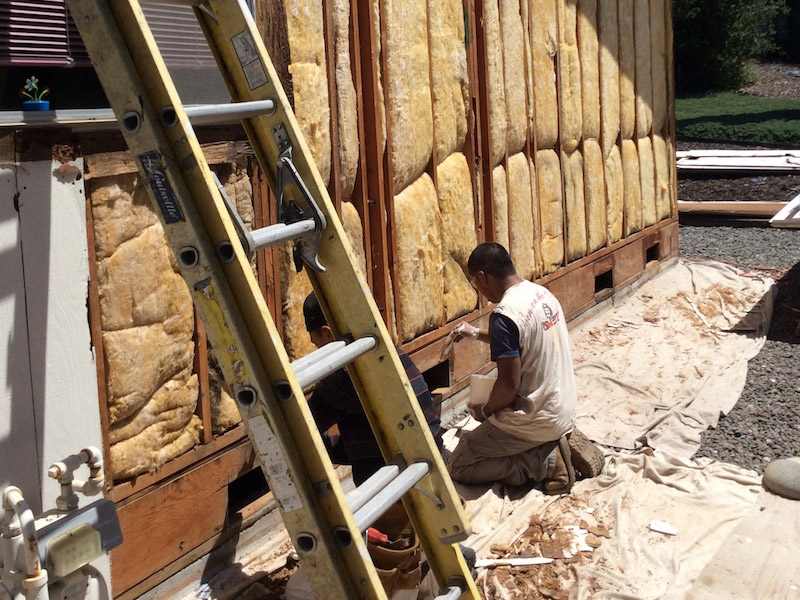Expert Dry Rot Repair in Marin County
VCE is your source for comprehensive Marin County dry rot repair and cleaning services. Our team of experts is dedicated to protecting your home or commercial property from the damaging effects of dry rot. With years of experience and a commitment to excellence, we ensure that your property remains structurally sound. Don’t let dry rot compromise the integrity of your building; contact us today to discover the solutions for all of your dry rot problems. Whether it’s a small residential project or a large commercial property, VCE has the expertise and resources to deliver exceptional results every time.
DRY ROT DAMAGE THAT CAN OCCUR AND HOW WE ADDRESS IT
Repairing dry rot damage increases the structural stability and (along with seismic retrofitting) helps fortify your commercial or residential property in the event of an earthquake. Dry rot repairs and maintenance can include a wide variety of tasks including proper caulking, painting, and siding and trim work maintenance. If your interior and/or exterior walls have dry rot damage, it is necessary to repair this issue so your property’s structural integrity will stand strong for many years to come.
We offer commercial and residential dry rot repair services throughout San Francisco and beyond.
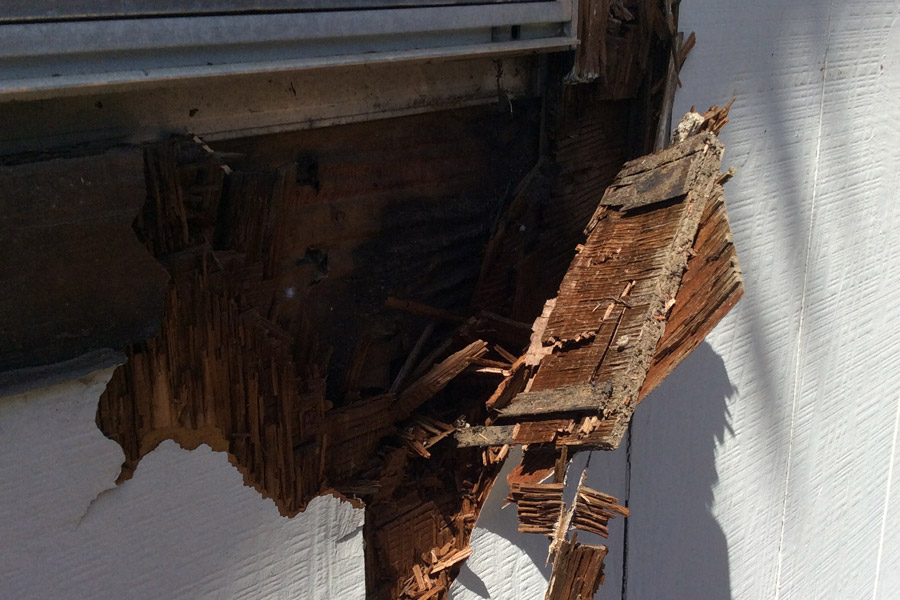
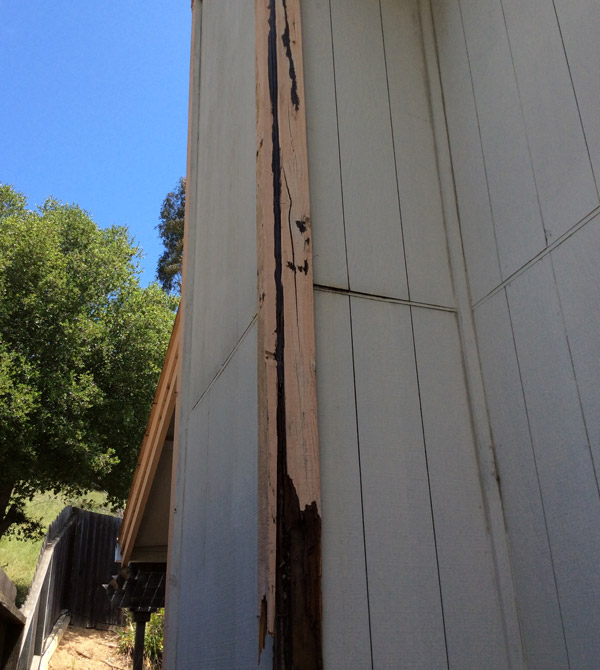
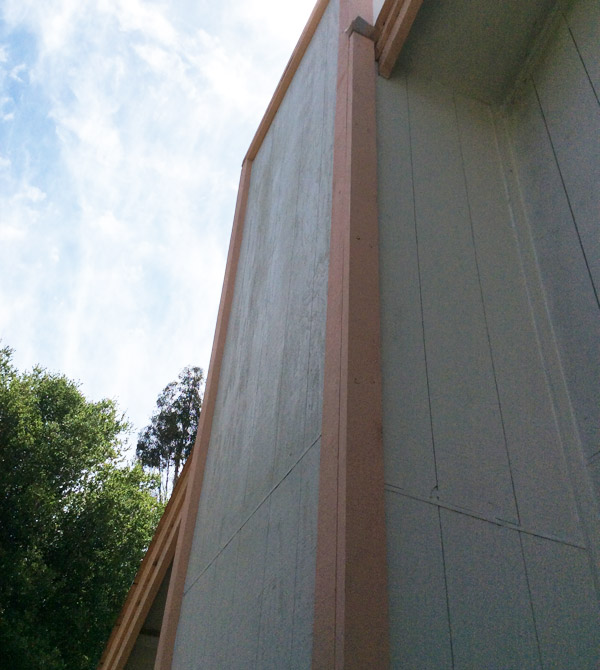
HOW WE REPAIR DRY ROT
- Complete Removal of Damaged Wood: Every bit of wood that is damaged needs to be removed. This involves carefully inspecting all affected areas to ensure no compromised wood is left behind.
- Surface Preparation: Using a wire brush, loosened material is removed from all surfaces of the infestation, including metal, masonry, and pipes. All dust and debris are removed to prevent further contamination and maintain a healthy environment.
- Two-Part Dry Rot Prevention Process: Our two-part dry rot process prevents moisture from re-establishing itself. This involves applying a fungicide treatment to kill any remaining fungal spores, followed by a moisture barrier sealant to protect the wood from future exposure to damp conditions.
- Rebuilding Damaged Structures: Substantially dry rot-damaged materials such as mud sills, floor joists, and floor beams in the crawl space area are rebuilt. We use high-quality, treated lumber and advanced construction techniques.
- Installation of a Sump Pump: To further protect your property from moisture-related issues, we install a sump pump in areas prone to water accumulation.
COMMON CAUSES OF DRY ROT IN THE BAY AREA
Excess moisture is the primary cause of dry rot. In the Bay Area, frequent fog, high humidity, and occasional heavy rainfall can create conditions conducive to moisture buildup. Leaky roofs, gutters, and plumbing can also introduce unwanted moisture into wood structures, leading to dry rot.
Inadequate ventilation in crawl spaces, basements, and attics can trap moisture and create a humid environment. This stagnant air encourages the growth of fungi responsible for dry rot. Ensuring proper ventilation is crucial in preventing moisture accumulation and subsequent rot.
Condensation occurs when warm, moist air comes into contact with cooler surfaces, such as walls or floors. In the Bay Area, the temperature difference between the cool coastal air and the warmer interior can lead to significant condensation, contributing to dry rot.
Wood structures that are in direct contact with soil are highly susceptible to moisture absorption. This is particularly problematic for homes with wooden foundations, decks, or fences. The constant exposure to damp soil accelerates the decay process and can quickly lead to dry rot.
Neglecting regular home maintenance can allow small issues to escalate into major problems. For example, failing to address minor leaks, cracks, or drainage problems can result in significant moisture damage over time. Regular inspections and timely repairs are essential in preventing dry rot.
Improper construction practices, such as using untreated wood in areas prone to moisture or failing to install proper drainage systems, can increase the risk of dry rot. Ensuring that construction meets local building codes and standards can help mitigate this risk.
Improper landscaping, such as having plants and shrubs too close to the foundation or poor grading that directs water toward the house, can contribute to moisture problems. Proper landscaping practices can help keep moisture away from the home’s foundation and prevent dry rot.
DRY ROT PREVENTION TIPS
BASEMENTS
Basements are a common area for dry rot to occur. To prevent dry rot in your basement, there are several steps you can take.
1. Remove Standing Water
Prevent dry rot by eliminating sources of standing water. Fix leaks, install a sump pump, and ensure gutters and downspouts work properly. By removing standing water, you can reduce humidity levels in your Marin County basement and thwart the fungi causing dry rot
2. Install a Plastic Vapor Barrier
After removing standing water, install a plastic vapor barrier on basement walls and floors in Marin County. This barrier stops moisture from entering, creating an inhospitable environment for dry rot-causing fungi. Proper installation and sealing are crucial to prevent moisture gaps.
3. Opt for a Self-Draining Dehumidifier
Consider installing a self-draining dehumidifier, adequately sized for your Marin County basement (100-liter model or more). A dehumidifier removes excess moisture, thwarting fungal growth causing dry rot. Regular maintenance and cleaning ensure its optimal performance.
CRAWL SPACES
Crawl spaces in Marin County are susceptible to dry rot. To prevent dry rot in your crawl space, follow these steps:
1. Ensure Proper Cross-Ventilation
The first step in preventing dry rot in a crawl space is to establish adequate cross-ventilation. Install vents or fans to promote air circulation, reducing humidity levels and thwarting the fungi that cause dry rot in Marin County.
2. Encapsulate Your Crawl Space
After achieving cross-ventilation, encapsulate the crawl space with a liner. This liner prevents moisture from entering, creating an environment hostile to dry rot-causing fungi. Ensure proper installation and sealing to eliminate gaps that might allow moisture infiltration.
3. Consider a Sump Pump
In some cases, install a sump pump to combat standing water in your crawl space. A properly sized sump pump removes excess water, preventing fungal growth leading to dry rot. Regular maintenance and cleaning are essential to maintain its effectiveness in Marin County.
CONTACT US FOR MARIN COUNTY DRY ROT SERVICES
Repairing the dry rot in your building will also increase its resale value! The moment you discover dry rot in your structure, or if you would like to ensure there are no hidden dry rot areas, give the experts at Victor Construction & Engineering a call. We will properly identify all areas of dry rot by performing an in-depth, on-site evaluation. Our dry rot repair team will walk you through the entire process, from start to finish. We use only quality products to repair the damage, so your building will last for decades to come. We are the experts in Marin County dry rot repair with over 30 years of experience.
Check out some frequently asked questions about dry rot repair and VCE’s answers.
